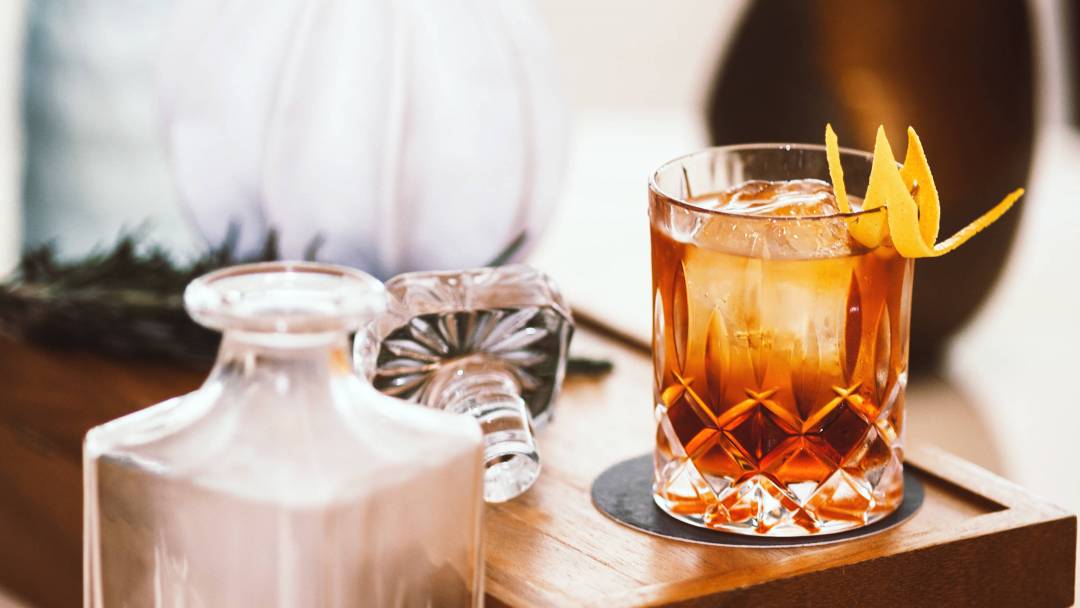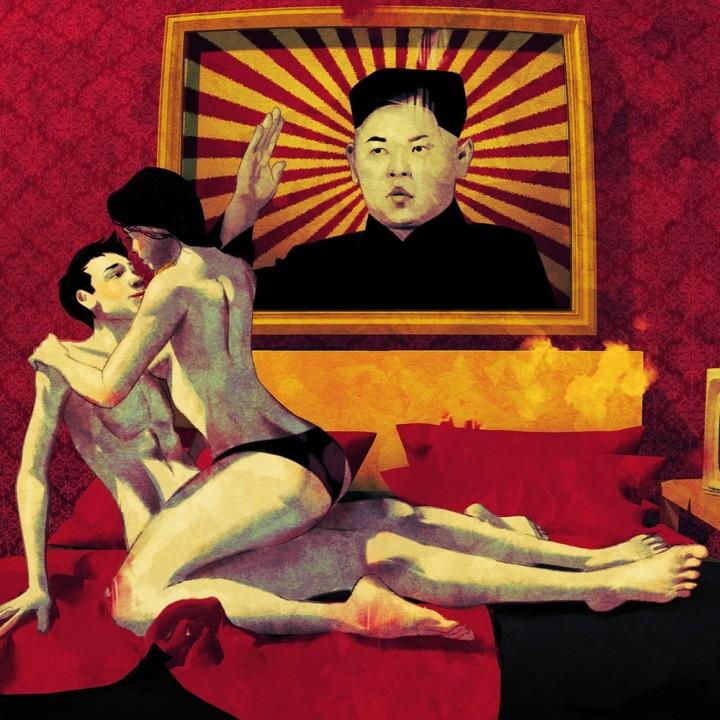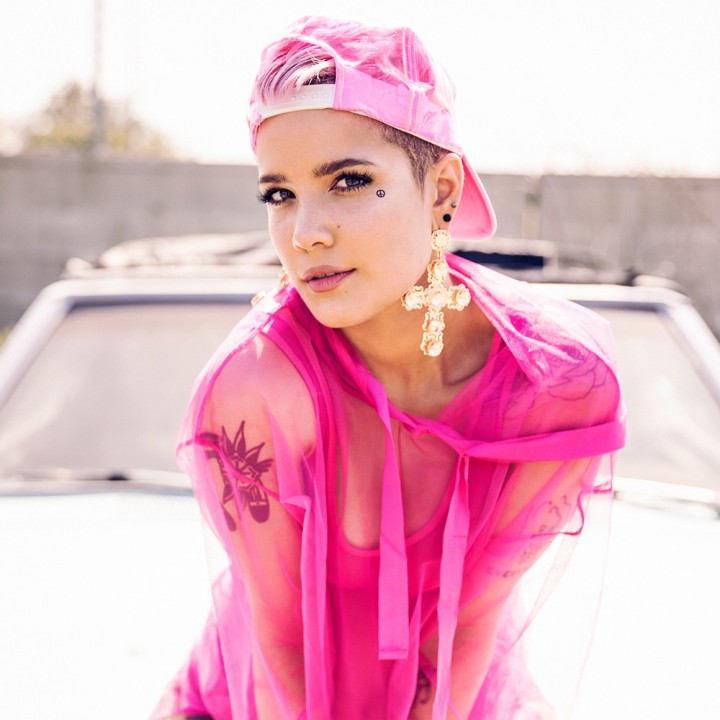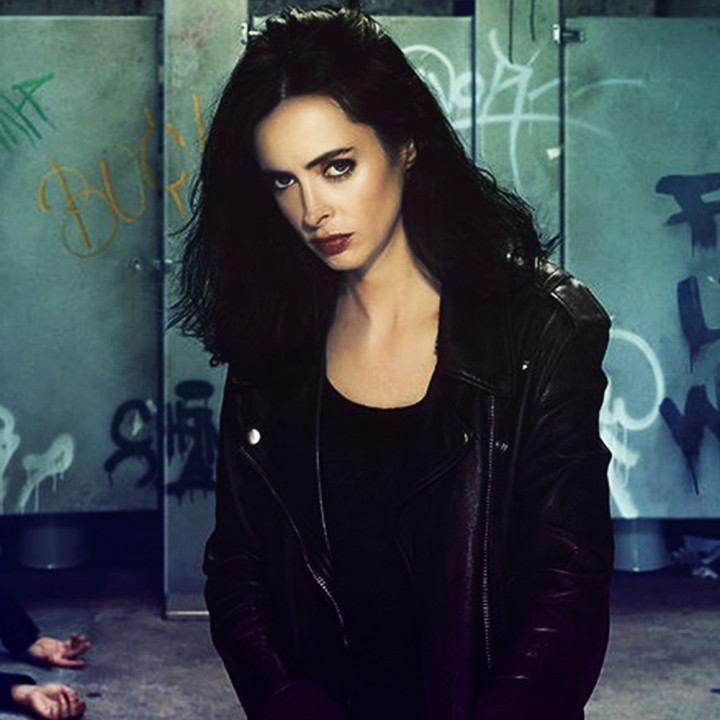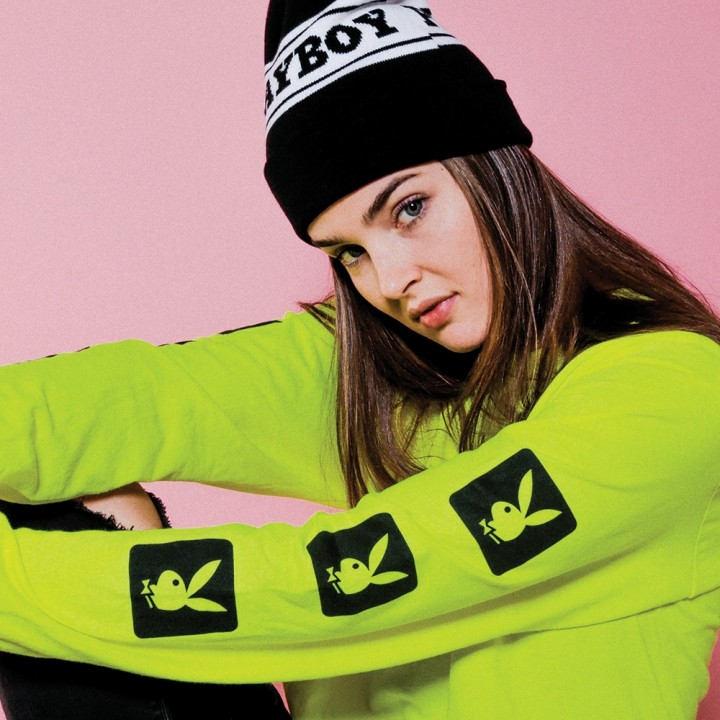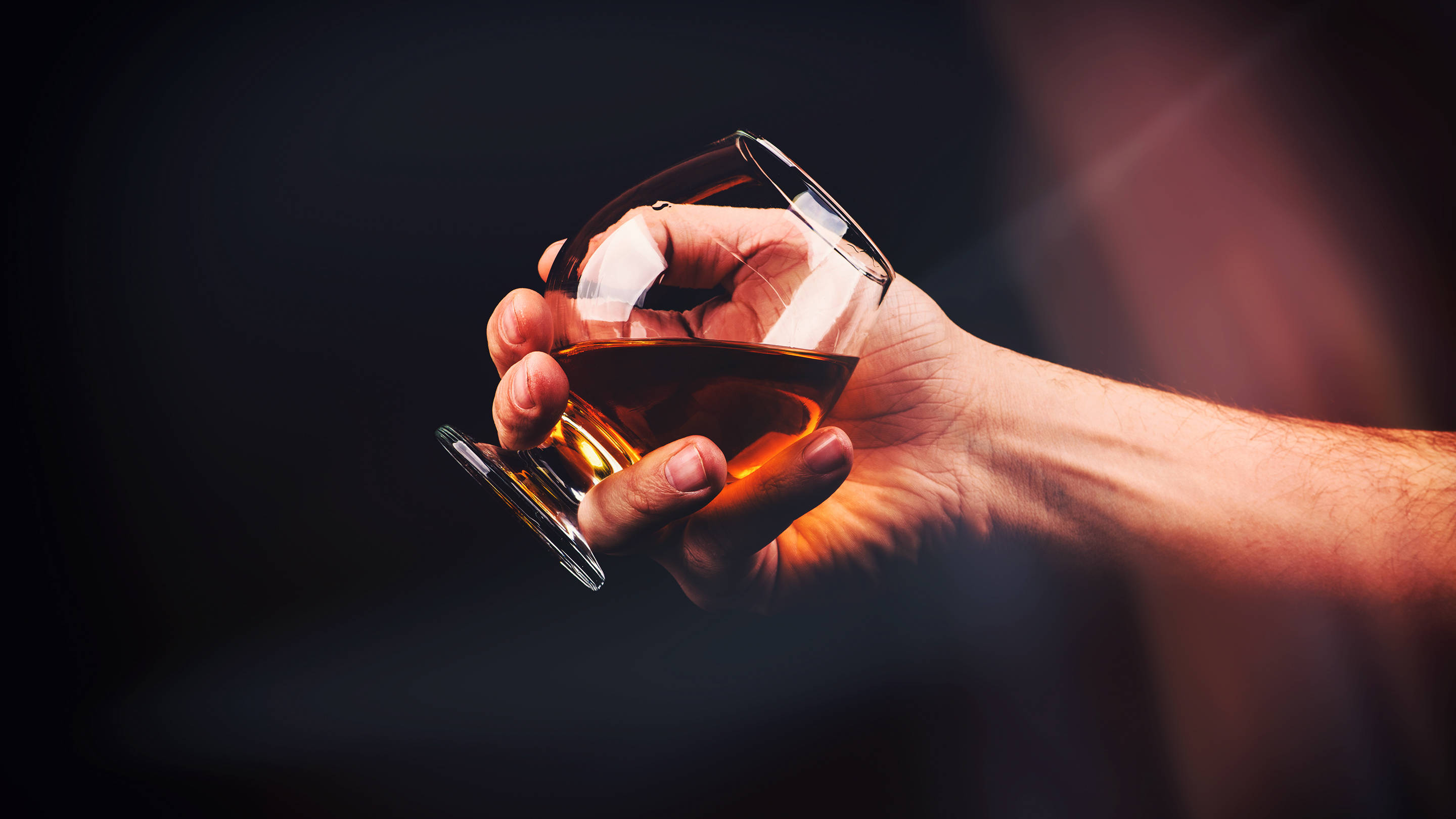
The Hunt for the Most Exclusive Spirits in the World
The Last Drop Distillers is the perfect combination of history, rareness and exceptional taste
Without Tom Jago, the world would never have known Bailey’s Irish Cream, Malibu Rum or Johnnie Walker Blue Label. Where most people would choose to slow down later in life after achieving such a high level of success, Jago, a spirits entrepreneur who passed away in October 2018, and his colleagues, James Espey and Peter Fleck, embarked on a new project in the twilight of their careers. Their focus wasn’t on creating a product for the masses; rather, they decided to chase some of the rarest, most elite of libations.
The business only truly began as a favor to Espey’s friend, a hotelier who owned a line of boutique hotels called the Last Word. About 12 years ago, in looking to source a house whisky for their all-inclusive bars, he reached out to Espey and Fleck for help. Since both had such deep roots in the spirits industry, they knew very rare, excellent casks lived in many of Scotland’s distilleries, and were game to go on a hunt. And the search won't end with them—now their daughters are in the game...and winning at it too.
However great the story, however seemingly brilliant the distillery, however rare the liquid, if it's not a genuine pleasure to drink then we're not going to buy it.
According to Managing Director Rebecca Jago, the duo calculated that they tasted well over a hundred whiskies before they discovered what would become the first Last Drop Distillers release, a 1960 blended Scotch whisky.
“My father said that was the best whisky he's ever tasted and until the day he died, he stood by that,” recounts Rebecca. Their first discovery caught the attention of the industry; with people asking if they could do it again, the two men next turned to cognac. “Although cognac’s a very, very highly regulated industry now, it hasn't been as regulated for as long as scotch,” she explains. “Back in the 19th century and early 20th century, people were not nearly so punctilious about keeping back records, especially the smaller distillers. A Hennessy or a Martell house would have every barrel recorded, but the small growers who were distilling and then supplying to the big houses would certainly have kept less detailed records.”
Again, they explored the region, asking contacts for recommendations and digging into corners of producers’ small barns. Again, they uncovered a liquid gem. “[The cognac] came from a very small family estate where the current owners' grandfather had distilled it and kept it as a legacy of what he had created,” says Rebecca.
Proof That Love and Mixology Makes for a Perfect Match
These cocktails are bound to make for a romantic Valentine's Day
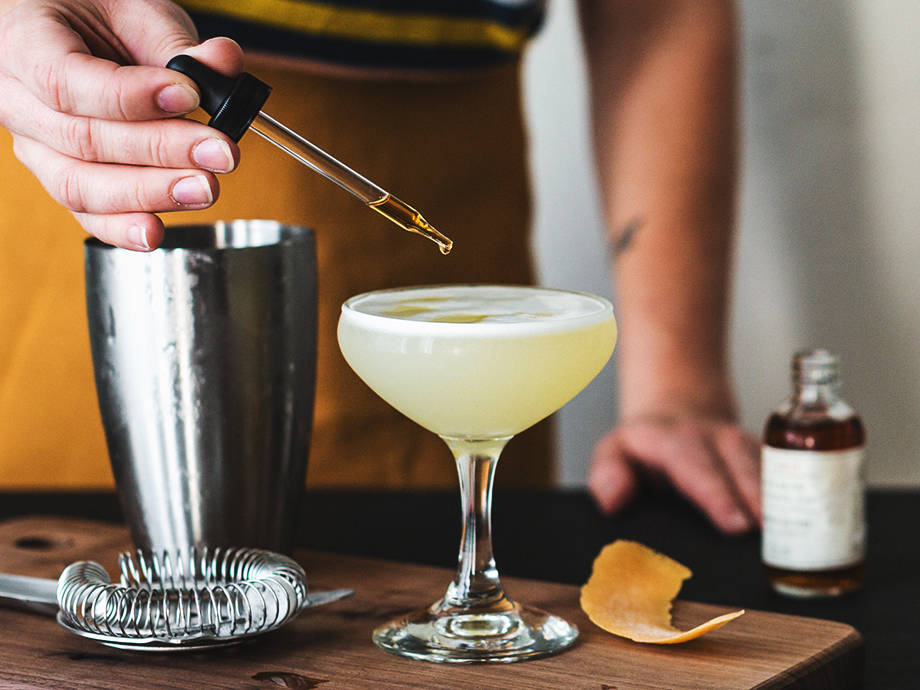
The initial bottlings set the benchmark. “[The first releases] said we're looking for spirits that can be old and rare and delicious,” says Rebecca. However, given the nature of rare spirits—primarily, there is very little available—Jago and Espey knew they would have to diversify options and look beyond those two spirits to build a portfolio. With the rigorous qualifications set by the team, “it’s never going to be a gin and it's never going to be a vodka,” says Rebecca, who adds that these spirits are best consumed young.
Provenance is also important. “With scotch it's not an issue because the Scotch whisky industry is so highly regulated that the only time scotch could be fake is when it's put into glass… and we only buy barrels,” Rebecca explains. But gut intuition is always required. “On another trip to France, I was introduced to a big company who said we have some amazing armagnacs for sale,” she says. “I went to meet them and I was presented with these armagnacs, apparently from 1888. Now, you probably know that for the Chinese, eight is the luckiest number. So 1888 is an extraordinarily convenient number to have to suddenly say, oh, I've got 2,000 liters of 1888 armagnac for sale. I tasted them and I didn't believe they were all from 1888. You have to be pretty cynical about things.”
For all the traipsing around the countryside and burrowing through old cellars, the actual selection process is remarkably less glamorous.
Back in the “boring” London office—as Geraedts-Espey and Rebecca describe it—the spirit in question must pass muster with the entire Last Drop Distillers team. A former release is used as a control sample and yardstick for quality. Over 95 percent of what they taste is rejected. Again, gut intuition and pure hedonism come into making a selection, and Geraedts-Espey struggles to articulate exactly what they look for in a spirit. “We really pride ourselves on our integrity and the fact that we only release stuff that we think is truly delicious,” says Geraedts-Espey. “However great the story, however seemingly brilliant the distillery, however rare the liquid, if it's not a genuine pleasure to drink then we're not going to buy it.”
We're not pretending there's less than there really is. If we put it into a bottle, we put everything into that bottle.
They begged the farmer to let them bring samples back to the rest of the team, who in turn grew overwhelmed by their enthusiasm. Once back in the boardroom, however, “everybody’s faces just sort of fell as they tasted,” recounts Rebecca. “[They essentially said], these may be old, the story is fantastic, but the spirit is not. We had to go back [to the owner] rather brokenhearted and say I'm sorry, we can't take this as a Last Drop release because it's just not good enough.”
Though their newest release provided redemption. On a later trip to Cognac, Rebecca was introduced to a man whose family had owned a farm since the 17th century. When word began to spread of the Nazis’ path towards the region in 1940, the man’s grandfather, an avid distiller, rapidly hid two barrels of his prized 1925 grande champagne cognac behind a wall. The casks were forgotten about for 80 years, until they were unearthed in a renovation. “We were all just completely blown away by how fantastic it was," says Rebecca. Sadly, there is less available than anticipated; some of the inventory was siphoned off from the barrels en route to the bottling facility in Scotland.
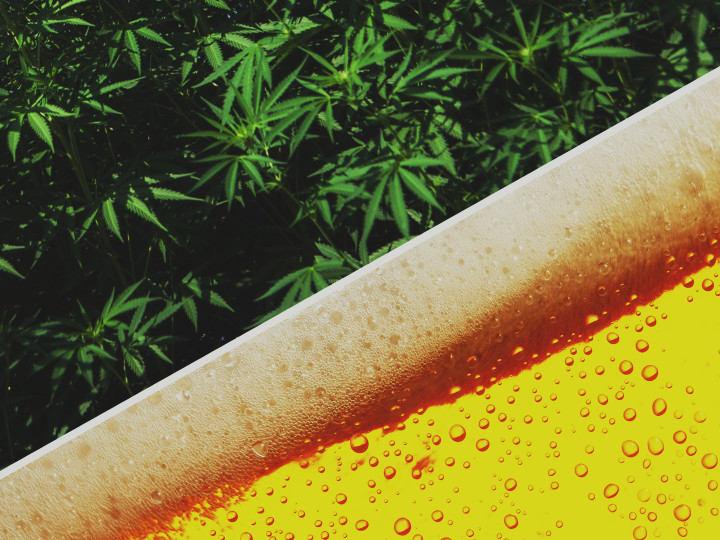
Can Cannabis Ever Disrupt the Alcohol Industry?
Distillers have begun to experiment with infusing their beverages

Cocktails, Just What the Doctor Ordered
Doctor's Orders is the recipe book by British mixologists Dave Tragenza and Chris Edwards.

For a Cross-Faded Good Time, Try These Stillhouse Whiskey Cannabis-Infused Cocktail Recipes
We enlisted Stillhouse to teach us how to make THC-laced cocktails the right way.
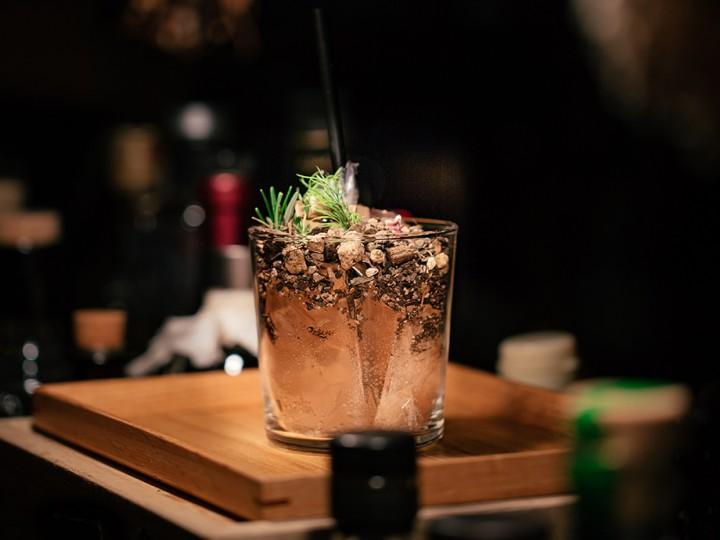
Something to Sip On: Malaysia's Rising Cocktail Scene
Playboy navigates the up-and-coming mixology scene in George Town, Malaysia
Last Drop Distillers doesn’t have a cheaper baseline product to serve as a revenue driver, and as new brands try to enter the super-premium market, they’re faced with mounting competition. “Although we are in a slightly more crowded market than we were, we have to stand out because of our principles,” Rebecca says.
Both women still firmly believe in the mission that sent their fathers digging through cellars in the first place. “The name of the company says it all,” says Rebecca. “The Last Drop means an awful lot because we're not creating scarcity. We're not pretending there's less than there really is. If we put it into a bottle, we put everything into that bottle.”
